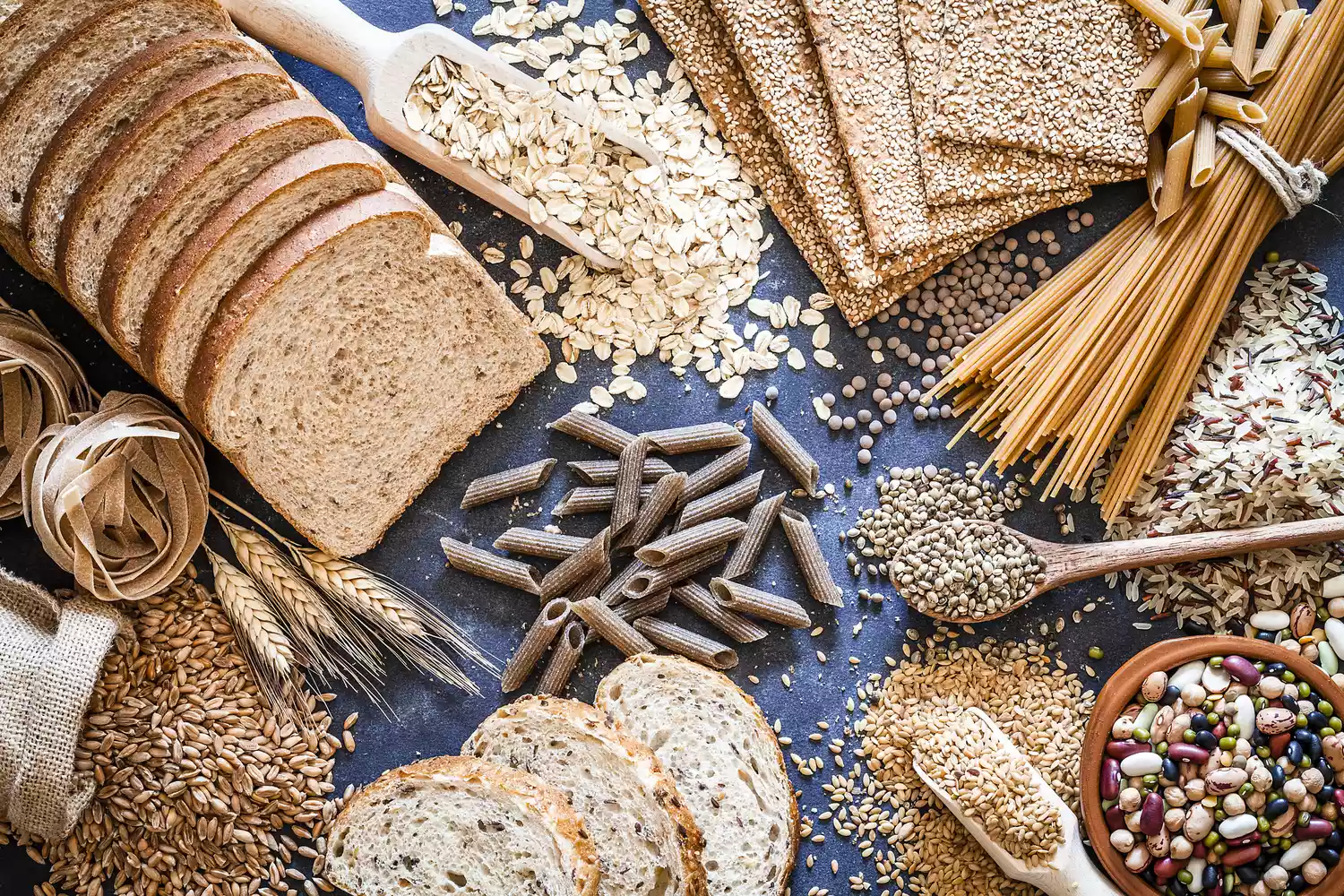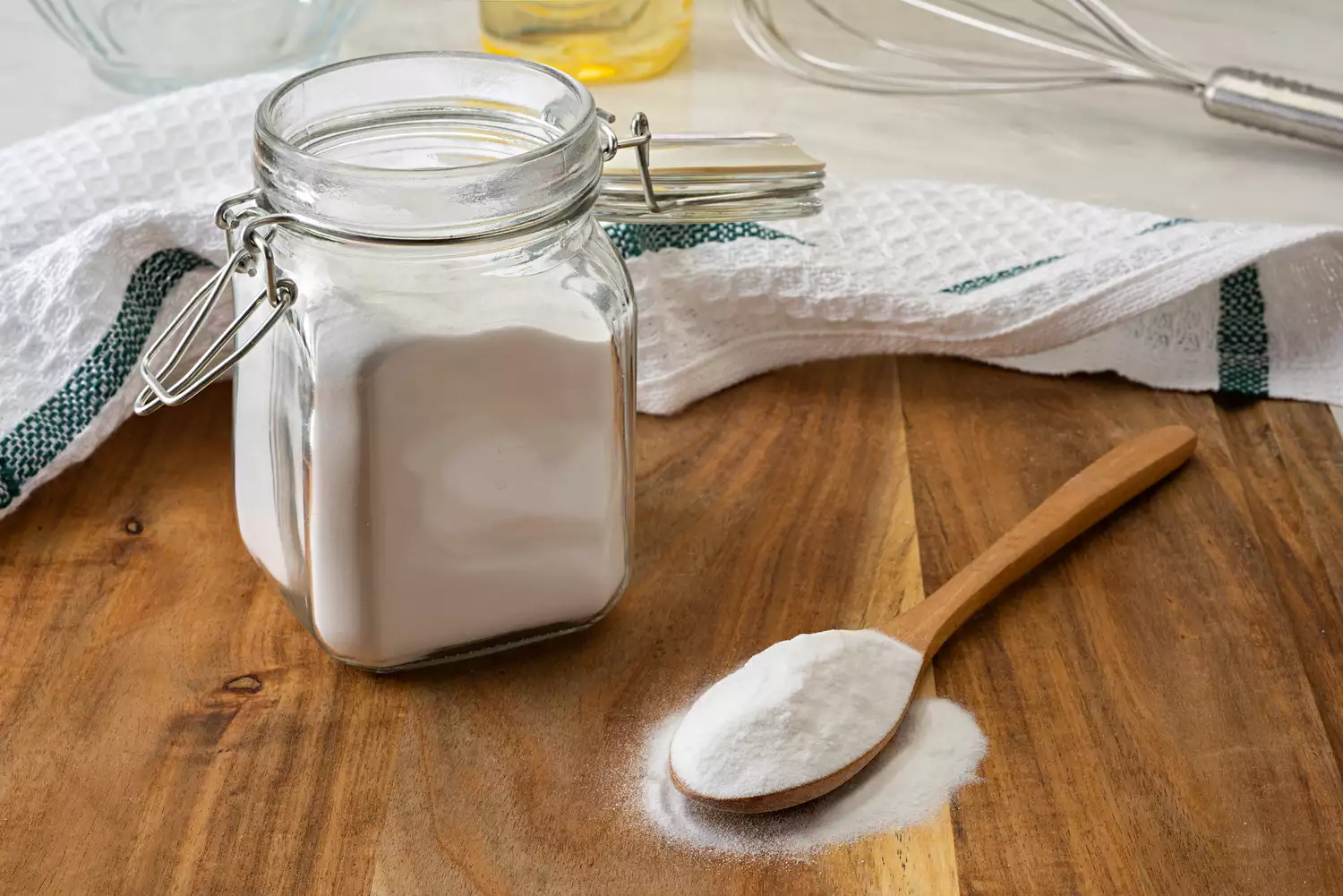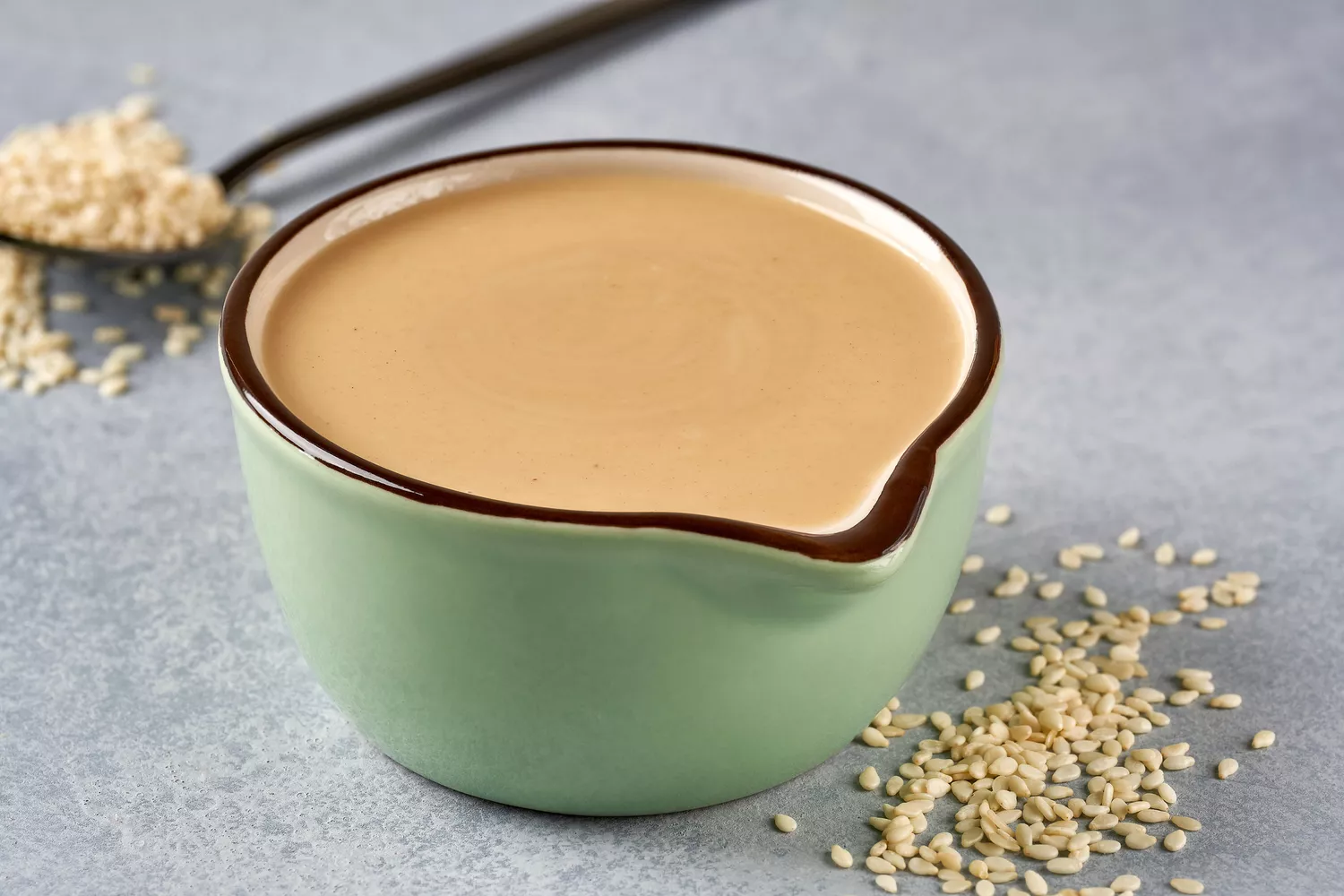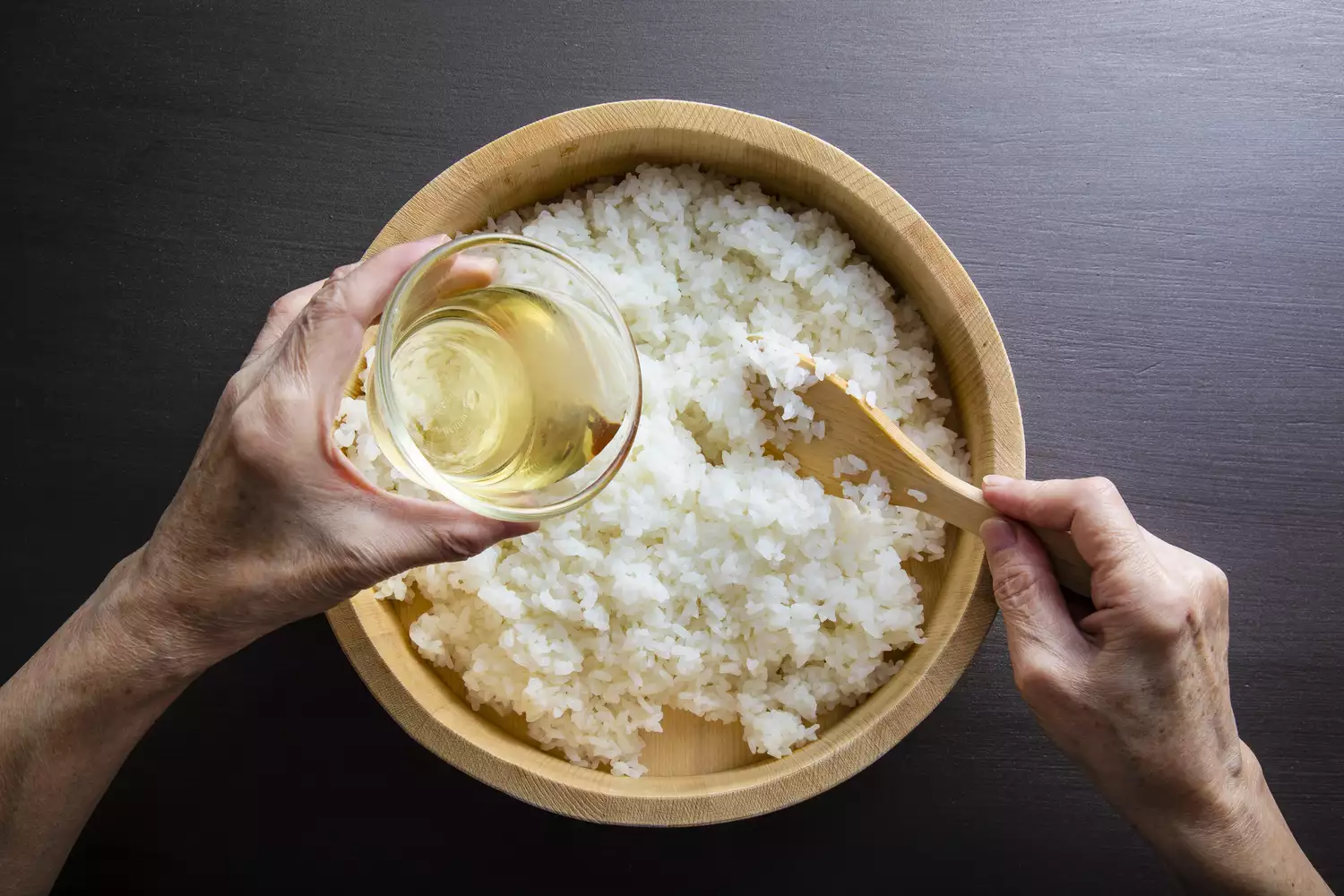Whole grains are a dietary staple worldwide. These hearty, nutritious, and comfortably shelf-stable foods are packed with essential nutrients, including fiber, vitamins, minerals, and anti-oxidants. It’s not a surprise the USDA encourages eating half your grains entire.1 They’re one crucial anchor of a versatile, nourishing diet.
Though many individuals identify the dietary benefits of whole grains, the bulk still battle to take in the suggested day-to-day quantities. According to the Centers for Condition Control and Avoidance (CDC), from 2013 to 2016, whole grains accounted for simply 15.8{64e9efbe745f9379218bc994add48b207b0d636d8d3672d8160107208b1b3f50} of Americans’ total grain intake daily. The average American is choosing highly refined, improved grains.
Incorporating a lot more whole grains into your diet does not need to be an obstacle. Many choices are simple to access, basic to prepare, and budget-friendly. Here’s just how to get on the whole grain train for far better health and wellness.
Just what Is a ‘Whole Grain’
You might understand whole grains for their brown color contrasted to white, refined, polished grains. This color difference tells a much deeper tale regarding their processing. Whole grains leave the entire grain bit undamaged, whereas improved grains have their bran and germ got rid of.
By keeping bran, bacterium, and endosperm, entire grains keep more nutrients. They tend to be naturally richer than their refined equivalents in nutrients such as fiber, B vitamins, copper, iron, zinc, magnesium, and anti-oxidants.

Advantages of Whole Grains
Though some recent diet fads (such as keto and paleo) have damned whole grains, clinical proof reveals that they are extremely nourishing. The Whole Grains Council, which tracks the most up to date research study on grain science, reports that eating grains is related to minimized risk of stroke, type 2 diabetes mellitus, and cardiovascular disease, better weight upkeep, much less inflammation, and reduced danger of colon cancer.2.
In addition, whole grains can assist you reach your everyday target of nutritional fiber– a goal a lot of us fall short of. When you consume adequate fiber, you may see renovations in your gastrointestinal health, such as even more normal bowel movements. The fiber in entire grains also “feeds” a healthy microbiome, which can have ripple benefits for numerous areas of wellness– from decreased inflammation to much better psychological health.34.
12 Entire Grains To Attempt.
When lots of people think about whole grains, their mind promptly goes to entire wheat. However there’s an entire world of whole grains to try. Broaden your cooking repertoire with any of the following entire grains.
Barley: This timeless grain has a nutty taste and palate-pleasing chewiness. It is additionally a source of beta-glucan, a sort of fiber that may help reduced cholesterol.5.
Wild rice: Try switching brown rice for white rice in stir-fries, casseroles, or soups. It’ll add a heartier structure and added fiber. And also, due to the fact that the glycemic index of brown rice isn’t as high as that of white rice, it won’t increase your blood glucose to the same degree.
Buckwheat: Fun truth: buckwheat isn’t actually pertaining to wheat. It’s practically a pseudocereal, however it has a number of the exact same advantages as entire grains, like ample plant protein and fiber.
Bulgur: This crunchy fractured wheat makes a wonderful base for tabbouleh, grain bowls, or pilaf.
Millet: You can acknowledge millet by its tiny, rounded grains. Its mild taste and quick cooking time make this an exceptional go-to for weeknight meals. It likewise happens to be gluten-free.
Oats: Sure, oats are a typical breakfast option, yet think about adding them to treat and dinner options, like fruit crisp and meatloaf. Like barley, they’re high in cholesterol-lowering beta-glucan.
Quinoa: Botanically, quinoa is actually a seed, but for nutrition objectives, it’s identified all at once grain. It’s likewise a total healthy protein resource, implying it includes all the crucial amino acids your body can not make on its own.
Rye: Rye has a distinct, licorice-like taste you most likely acknowledge from rye bread. Besides bread, various other baked items are also delicious automobiles for rye grains.
Sorghum: If you have actually never ever attempted sorghum, you may be pleasantly amazed by its gently sweet flavor. Consider it as a choice to rice or couscous.
Teff: This squishy bread from Ethiopia is expanding in popularity in the U.S. It’s frequently utilized to make a side dish, however you can additionally cook it on its own for an earthy-flavored side recipe.
Entire wheat: You don’t have to look hard to find entire wheat versions of bread, pasta, and flour. Choose these as often as feasible in your cooking and baking.
Basmati rice: Vivid wild rice has longer, darker grains than white. It’s also greater in fiber and anti-oxidants.
How to Pick Even More Whole Grains.
So you’ve picked some wonderful grains– now what? Integrating these foods right into your diet plan is usually a matter of imagination and planning. Here are some pointers on how you can make entire grains a routine component of your diet regimen.
Be a persistent tag visitor. Select whole-grain variations of bread, pasta, and cereals whenever possible. When doubtful, search for a whole grain as the first active ingredient– or seek foods classified “100{64e9efbe745f9379218bc994add48b207b0d636d8d3672d8160107208b1b3f50} whole grain.”.
Pick whole grains in the house. By opting for primarily whole grains in your house cooking, you’ll likely reach the advised target of “making half your grains entire.” After that, when dining out, you can have the flexibility to choose refined grains if you such as.
Agree to experiment. If you have a tendency to stick to the very same little turning of grains, take into consideration branching off. Less common options like quinoa, teff, millet, or bulgur could be the novelty you really did not recognize your mealtimes were missing out on.
Think outside the side. Whole grains make great side meals, however that’s not the only course they consist of. At breakfast, a quinoa gruel might take spotlight, while supper may look like a brown rice-based stir fry or sorghum grain bowl.
Go half and half in cooking. Often, baked items like muffins, fast breads, and cakes that require refined flour can be tweaked for additional fiber and nutrients. Try subbing one-quarter to one-half of a dish’s white flour with entire wheat flour, oat flour, or another entire grain flour.
Profits.
Whether it’s breakfast, lunch, supper, or treat time, there’s constantly a chance to include even more entire grains right into your diet regimen. Doing so might benefit you by decreasing disease risk and enhancing digestion. If you’re tired of the normal grains, think about expanding your horizons with any of the scrumptious alternatives pointed out above.


